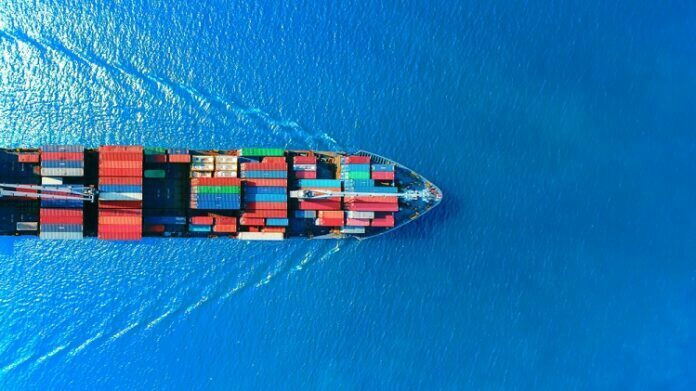It is important to understand how costs are calculated when purchasing a shipping container. The cost of shipping containers is based on the size, weight and model. The following are some of the factors that affect the cost:
Table of Contents
Size
The cost of shipping containers is calculated based on the size, age and condition of the container. The size of the container is measured in 20-foot equiment (TEU) units, which are equal to one standard sea container. The age of the container depends on how many times it has been used and whether it has been refurbished or not. The condition of the container can be determined by checking for damage, rust, dents and other signs of wear and tear.
The larger the size, the more expensive it will be. Larger containers can hold more cargo, so they’re more expensive to ship than smaller ones. The price per square foot usually increases as you go up in size, but there are exceptions to this rule. For example, if you need a 40-foot container on a barge but don’t have room for anything larger than 40 feet — say because there’s another 40-footer right behind yours — you might only be able to afford one with less space inside. In these cases, if you don’t mind having less space available for your goods, then you may be able to find cheaper prices on smaller containers than on larger ones.
Weight
The weight of a container plays an important role in determining its price since it depends on how much it weighs as well as its model.
Model
There are different models available for shipping containers which will affect their price such as ISO standard and non ISO standard containers.
Location
The cost of shipping containers also depends on where they are located. This means that if you need a container from China or India, then you will have to pay more than if you were looking for one in Europe or North America.
Shipping containers can also be purchased second hand from scrap yards or through online auctions such as eBay. If you buy one at this price range, then there may be some restoration work that needs to be done before it can be used again which could increase costs further still!
If you are in need of a shipping container, there are two main types: dry and insulated. Dry containers have no insulation and they are typically used to transport goods overseas. Insulated containers have added insulation and they can be used for both international and domestic shipments (although they are primarily used for international shipments).
If you are looking for 2022 shipping costs, click here.


